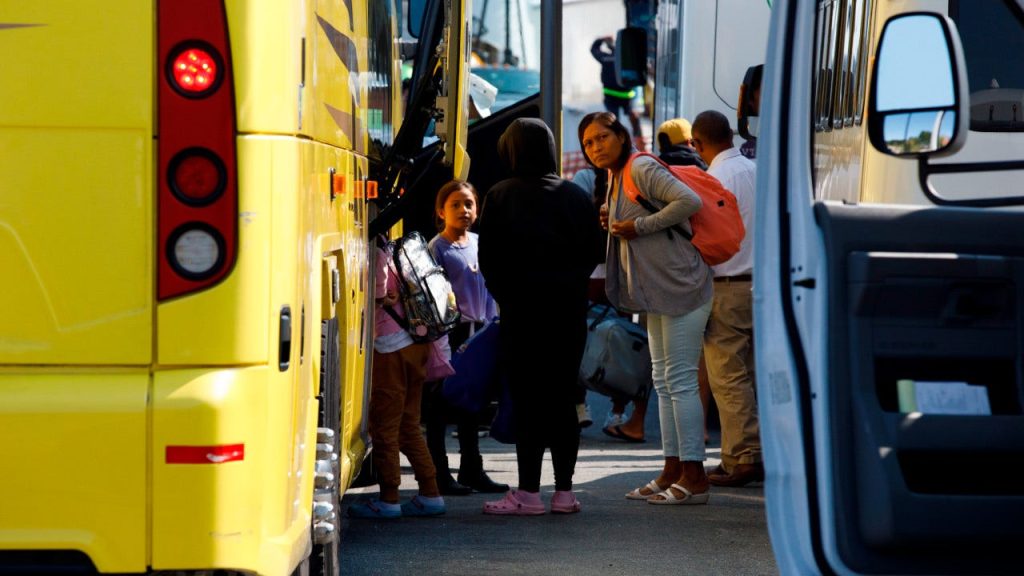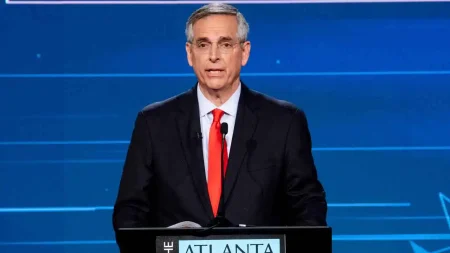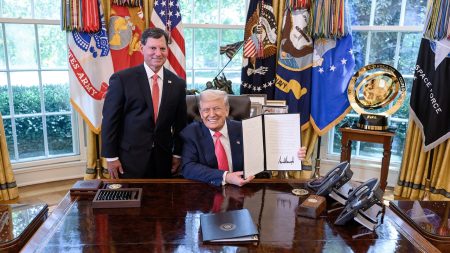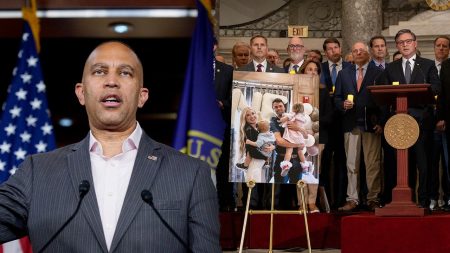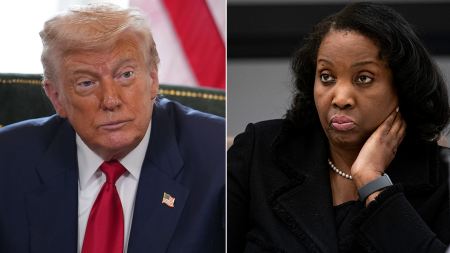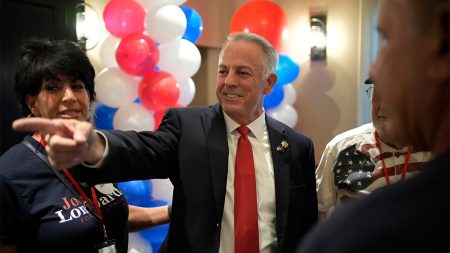In September 2022, a group of forty-nine migrants, including some from Florida and Texas, were flown to Martha’s Vineyard by Gov. Ron DeSantis’s government in protest of blue states’ handling of mass illegal immigration. These migrants may be given U visas, allowing them legal status and the right to work in the U.S. as victims of potential crimes. Sheriff Javier Salazar of Bexar County, Texas, certified that the migrants formerly in his jurisdiction are eligible for these visas after an investigation by the county’s Organized Crime Division. Salazar has also recommended charges be brought related to the deceptive tactics used to transport the migrants to Martha’s Vineyard.
Attorney Rachel Self accused those involved in the scheme as criminal and criticized the Bexar County district attorney for their inaction in the matter. The decision to fly migrants to Martha’s Vineyard was orchestrated by Governor DeSantis to highlight the criticisms of the Biden administration’s border policies. This initiative was part of a larger trend of red state to blue state migrant flights, particularly in Texas. Upon arrival, Martha’s Vineyard residents were caught off guard and had to scramble to provide resources for the migrants, ultimately leading to the activation of the National Guard.
The governor’s office defended the flights as lawful and authorized by the Florida Legislature, expressing anticipation for future actions to bring national attention to the crisis at the southern border. The transportation of illegal migrants to different states by red state officials has sparked controversy and legal action, raising questions about the handling of immigration issues at both the state and federal level. The decision to grant some of these migrants U visas represents a unique approach to providing legal status for individuals caught in the midst of political demonstrations regarding border policies.
Overall, the controversy surrounding the transportation of illegal migrants and the subsequent legal actions taken highlights the complex and contentious nature of immigration policy in the U.S. This situation underscores the challenges faced by both state and federal officials in addressing the issues of illegal immigration, as well as the potential impact on individuals caught in the crossfire. The response to these events will likely have broader implications for future immigration policies and the ways in which different states handle the influx of illegal migrants.




